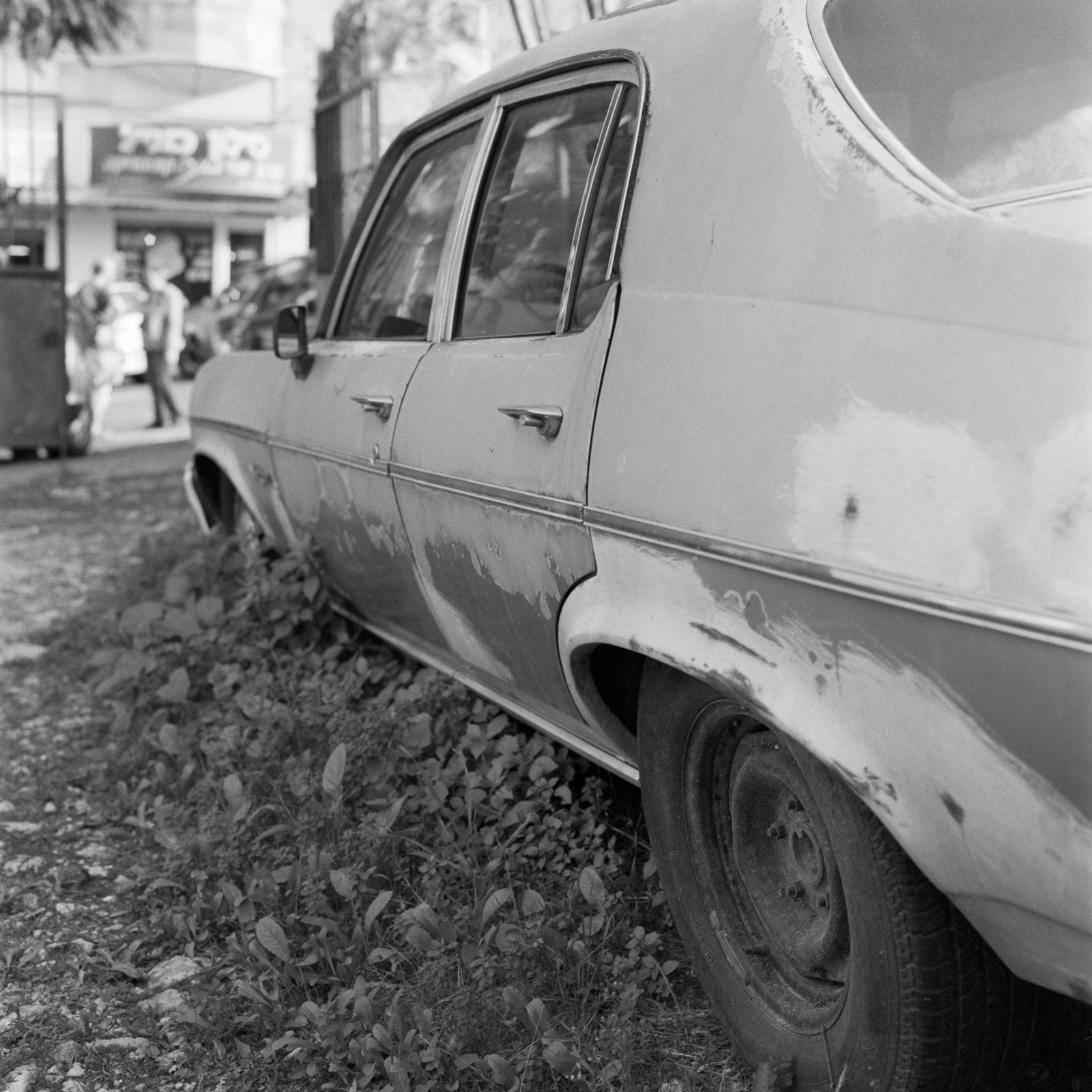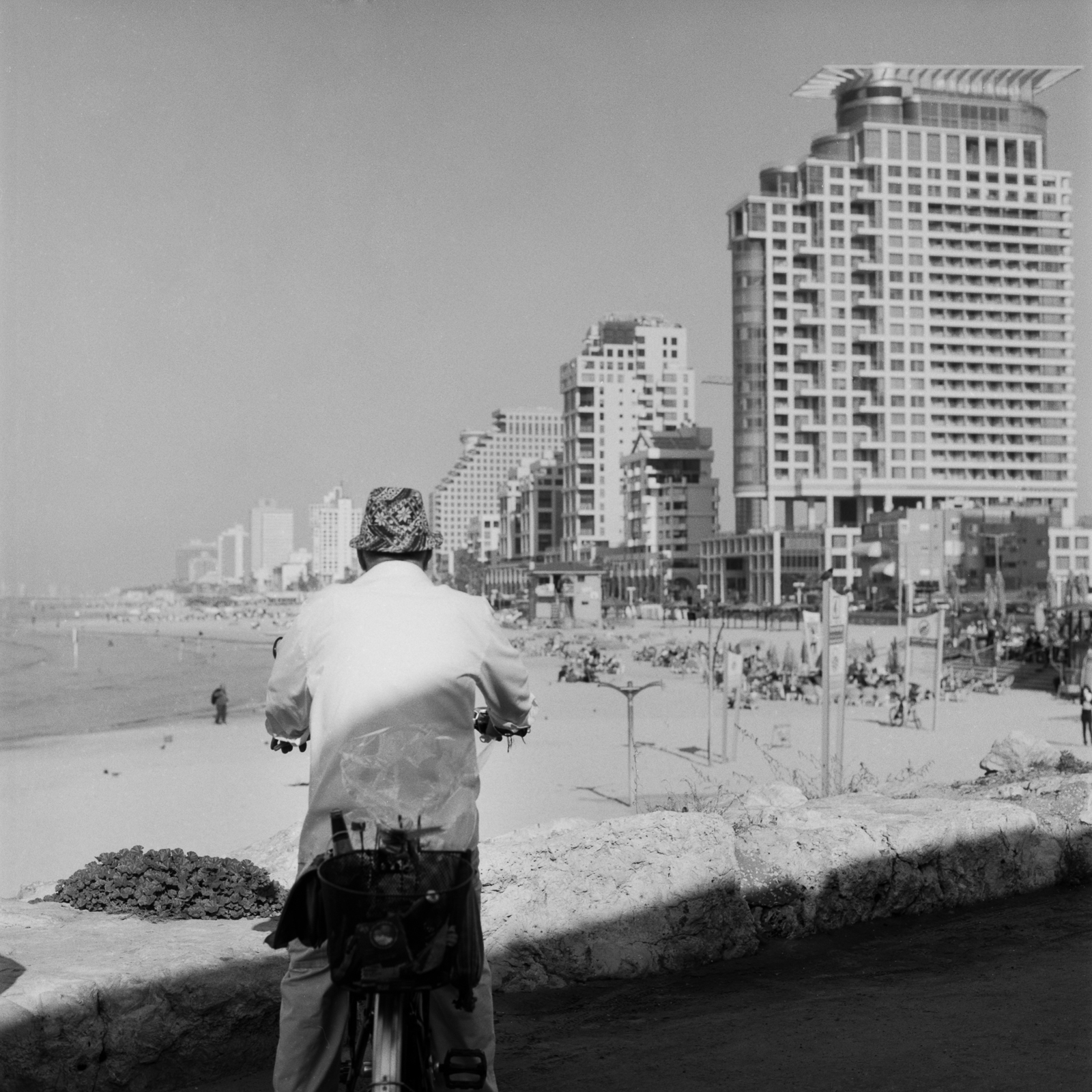Going on a trip always means seeing new things, meeting different people, eating less known food but also taking lots of new films with you and trying to figure out how to develop them to achieve the wanted look. Of course there is a risk to it: it might not come out the way you imaged it or it could be totally messed up. People tend to do these kind of experiments with shots somewhere around home and easily accessible. But isn’t that kind of boring looking at motives you’ve seen and taken pictures of for so many times? And what’s the worst case scenario messing up completely? You got to go back. Is that really that bad?
On my last trip, I took three films to develop it in the new Tetenal Ultrafin T-Plus which is marketed a a fine grain developer for t-grain and conventional films with slow and average speed. Here are the films:
- Kodak TriX which I usually don’t like for it’s high contrast which needs to be tamed.
- Fomapan 400 which I like especially developed in Caffenol, Kodak HC110 and Spuersinn HCDnew.
- Fomapan 100 which is a bit flat and not really sharp.
The Ultrafin T-Plus (datasheet here) comes in 500ml bottles and costs 15€ here in Germany. According to the datasheet, thirty 135 or 120 films can be developed with one bottle which makes the developer quite economical with 0.50€ per film. The opened bottle can be stored for about six month and the working solution is good for about 2 month. Ultrafin T-Plus is not a one shot developer.
The list of films and the corresponding development times published by Tetenal is rather short and I didn’t find any recipes on FilmDev.org or the Massive Dev Chart.
Kodak TriX rated at ISO 200, developed for 5:30min
The working solution. First I prepared the working solution by using one part developer and four parts water. 200ml developer and 800ml are needed for 1l solution which can be used to develop 12 rolls of film. The temperature should be around 20°C.
Watering the film. I know there is some people having arguments that pre-soaking the film isn’t really necessary. However, I usually do it anyway since it doesn’t seem to hurt.
Developing the film. Sometimes it needs to be a little bit of calculation to get the correct developing time. I like to push or pull films to get the best out of the situation.
- Kodak TriX rated at ISO 200: 8:15min – 20% for pulling 1 stop – 1min for developer 22°C = 5:30min
- Fomapan 400 rated at ISO 200: 7:30min – 15% for pulling 1 stop – 30sec for developer at 21°C = 6min
- Fompan 100 rated at ISO 100: 4:30min
The tank needs to be agitated for the first 30sec and afterwards 2x every 30sec.
Fomapan 400 rated at ISO 200, developed for 6min
Stop bath and fixing. I usually just stop with water. Sometimes, when the developing time is short, I also use stop bath. I don’t think it really matters. The fixer I use is standard and I usually give it 5min with 30sec agitation right at the beginning and 10x after 2:30min.
Watering. I agitated 10x, 20x and finally 30x in fresh water. Afterwards I used a washing aid diluted 1+500 for 5min and hang the film up for drying afterwards.
Fomapan 100 developed for 4:30min.
The result. I think all three films deliver good results. The TriX and the Fomapan 400 are excellent. They show good contrast, sharpness and a nice grain. The TriX was used in difficult light right into the lens and film/developer did a great job. The Fomapan 400 is super sharp and the grain is perfect for a 400 speed film. Both films are pretty good to be pulled and I’m going to use the combination of films and developer again. The Fomapan 100 shows a lot of little white spots in the brighter areas of the film. Contrast and sharpness are extremely good for a 100 ISO film. However, the white spots are annoying.
The next steps. I will post the results of a Fomapan 100 I used with a red filter and I shot an Ilford HP5+ rated at ISO 200 which I plan to develop in Ultrafin T-Plus as well.
Similar Posts:
- taking the hasselblad to a concert
- Fomapan 100 is the new Acros
- Update on Kodak TriX developed in Tetenal Ultrafin T-Plus
- Svema 250 – The expired film page
- Orwo NC19 in C41 – the expired film page




thank you for this info and explain
indeed both first images looks very sharp and contrasts are fantastic but Fomapan 100 is a little bit flat. maybe the condition of light was different or you need try it with different dev formula ?
Victor, I think for the last image, I pulled in the highlights a bit much after scanning. It felt right when I edited but you are right, it looks a bit flat. I will post some more foma100 over the weekend. In general I just don’t like the look of ISO100 films.